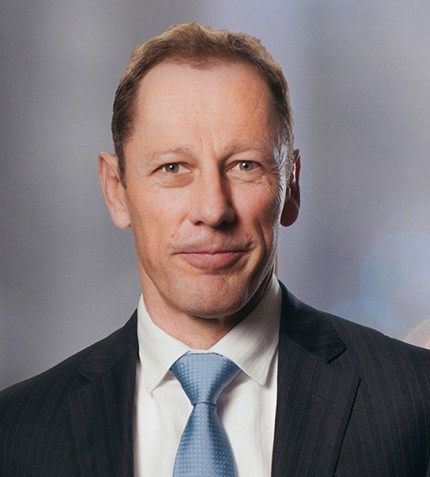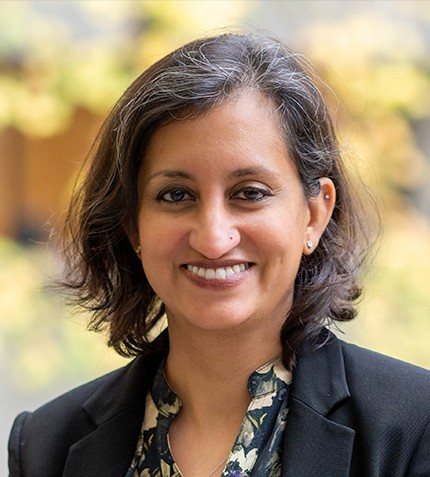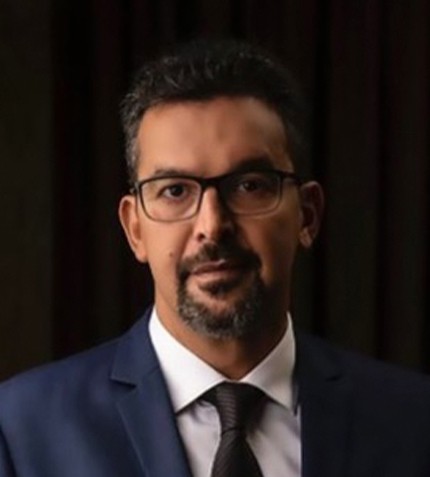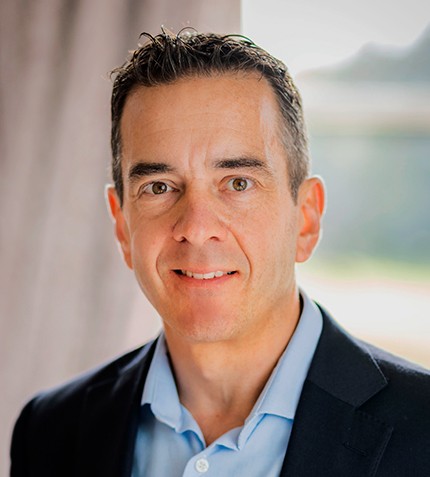
"Our view is that you want to be aggressive when capital is scarce. When you get to a stage in the market where everybody is putting capital in, that is the point where you want to pull back."
Paul Brink
PRESIDENT & CEO, FRANCO-NEVADA
Can you provide background of Franco-Nevada’s business model?
One of the main differences of streaming from royalties is that you are financing an operator putting up a large amount of capital, most often to build new mines. The biggest streaming deals have all been on big copper mines where there is a precious metal by-product. The arbitrage in providing that sort of capital is very material and streaming has grown to be a mainstream way of financing any project that has got a precious metal component. Franco-Nevada's business today is a combination: We have a very deep portfolio of royalties that have been acquired over 35 years, and we are very active in the streaming market. Royalties on gold projects have tremendous optionality. Gold projects typically have a shorter life at the outset, but more of the orebody is revealed over time. Additionally, we benefit from streaming precious metals from long-life copper deposits that have a tendency to be expanded over time.
What criteria does Franco-Nevada consider when making an investment decision?
When we make investments, the most fundamental thing is that we want to have certainty that the worst thing that happens is we will get our money back. Operating projects are the lowest risk but don’t typically need much capital. The big capital we spend is often on construction projects, when a feasibility is in place and we can get a good grip on the economic parameters.
What are the keys to avoiding inflationary cost overruns in project construction?
We are fortunate in that streams and royalties are top line interests. This means we are not directly impacted by capital cost overruns. In this market, where controlling capital costs is difficult, it is bringing us some opportunities. A number of opportunities that we are currently working on are situations where companies have had cost overruns, they need incremental capital, and it is extremely hard to get that in the equity market at this stage. Royalty and streaming companies are well placed to provide that incremental capital.
You mention having a patient approach to investing in cyclical markets. What is your perspective on where we are in the cycle today?
It is a good time to invest capital in the gold market, because there is a shortage of capital. Our view is that you want to be aggressive when capital is scarce. When you get to a stage in the market where everybody is putting capital in, that is the point where you want to pull back. Franco-Nevada has such a deep portfolio that when there is a lot of capital available, we benefit from organic growth. Companies expand the mines in which we already have interests, move our development properties into operation, and they explore on our exploration properties.
Can you outline the exploration potential in the Ring of Fire?
We already have royalties that cover a lot of the prospective property in the Ring of Fire. It is a region where there was very limited exploration more than a decade ago. They very quickly made some major discoveries, but it was expensive as everything was helicopter supported. For there to be real activity in the region, you need roads to be built. With the Eagle's Nest nickel deposit and the chromite discoveries a road is justified. The Government of Ontario is working with First Nations on permitting. Following that, they will hopefully provide financing to get it built. Once that is done the real exploration will begin. I believe we have only seen the tip of the iceberg in terms of mineralization in the Ring of Fire.
Can investors’ desire for dividend payouts hinder much needed investments in growth?
The best time to build a mine is at the bottom of the cycle, when other people do not have capital and when you are not competing for labor and materials. If you have the support of your shareholders to do that, you have the best chance of keeping control on your capital costs, and you have the best chance of bringing your mine into production exactly when prices start to run up.










